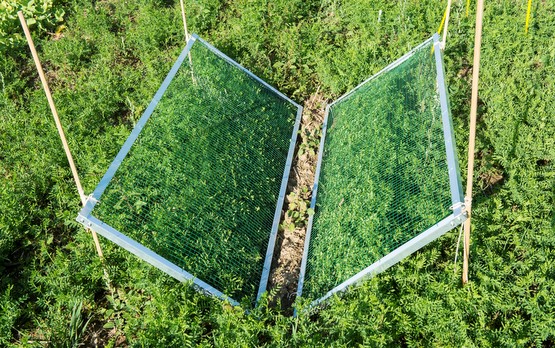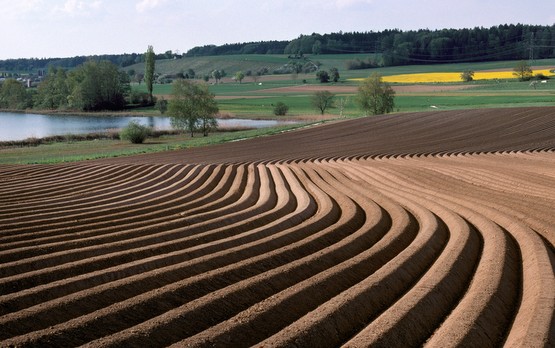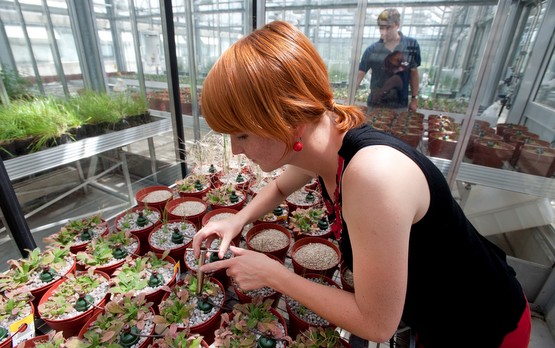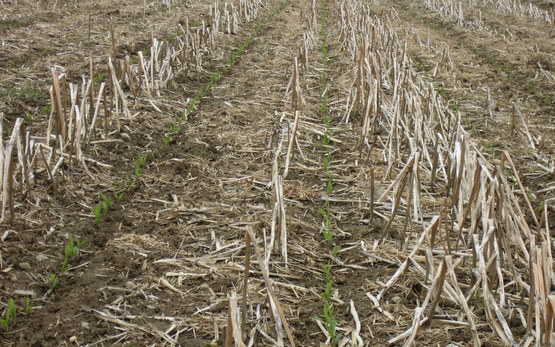Allelopathy for Weed Control
Some plants produce allelochemical compounds which have growth-suppressing effects on other plants. This phenomenon is of interest to weed scientists, who aim to develop herbicide-free methods for controlling weeds in field crops. Agroscope is evaluating the potential of certain cover crops (e.g. buckwheat, oats, radish) for combatting weeds. The experiments clearly demonstrate that allelopathy plays a role in suppressing the growth of amaranth. Work will continue to extend this control method to other weeds.









